|
|
Expedition
Expedition | People
|
Log - August-9-2003
by Robert McCarthy
Previous | Next
What color would you be?
Robert McCarthy |
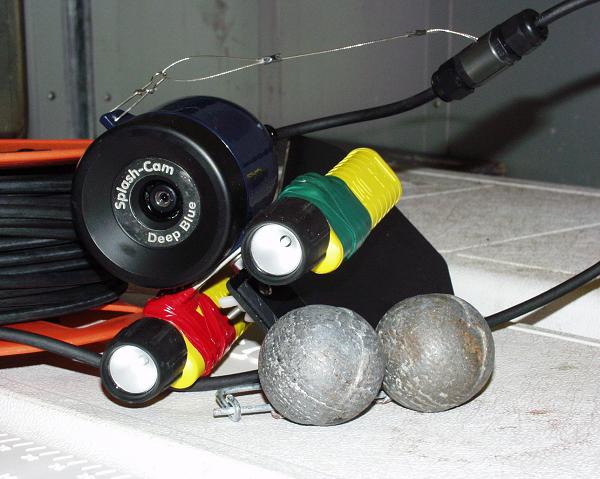 |
Last night, after our daily science meeting in the conference room, we were treated to a video. It wasn’t Hollywood’s new release, but it was captivating. It was from an underwater video camera. The video camera was used by the divers to spot a likely dive site for retrieving clams. They actually could see the siphons of the clams while sitting on the boat. This proved helpful in harvesting some clams. The visibility was greater than I had expected, but I was reminded about how drab and blue everything looks underwater. There were large kelp beds, sea urchins, brittle stars, starfish, and plenty of plant life at depths of 30 to 70 feet. So the question is, what color plant would you be if you wanted to thrive in these waters if you needed sunlight to grow? |
| The answer is surprising. But first let’s investigate how light is attenuated with depth. One of the first colors to be filtered out is red. Red has the longest wavelength, and it is absorbed first; then comes orange, followed by yellow, green and finally blue. Red light penetrates to about 10 feet, while the blues go down to the photic zone (the depth of light penetration) which is affected by such factors as sun height in the sky, turbidity of the water column, productivity, nutrients, etc. Since blue light travels the deepest, you would think that the plant life would be blue. That would be incorrect! |
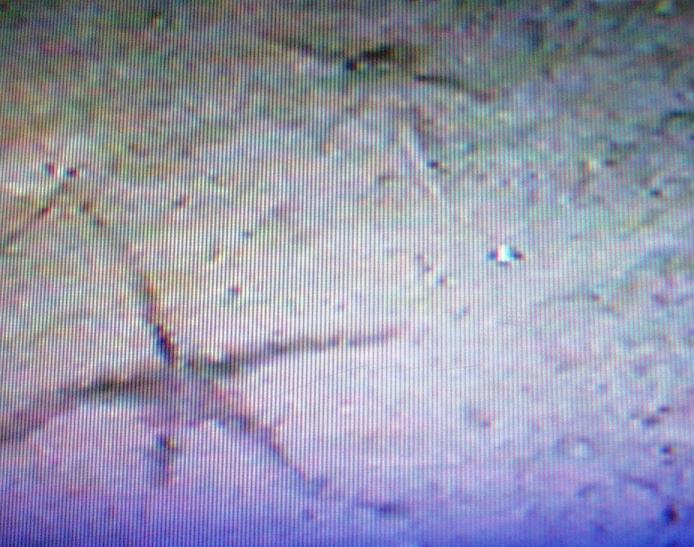 |
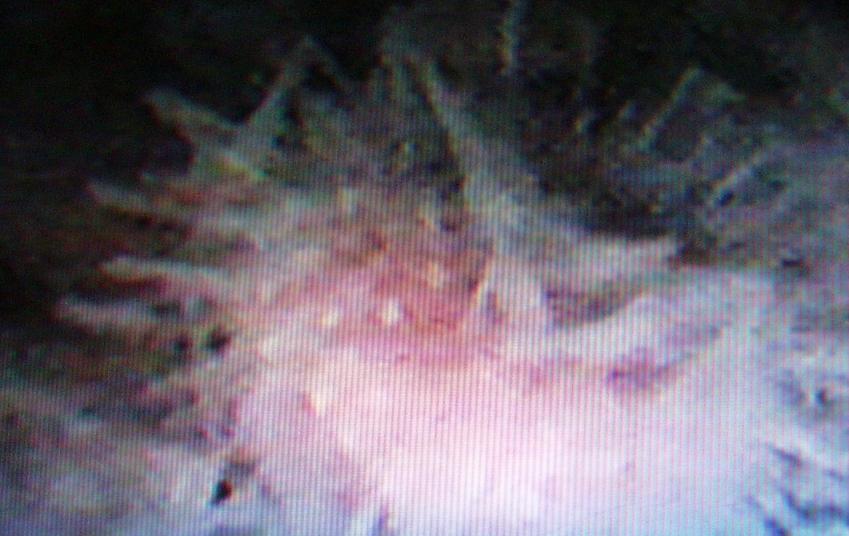 |
These plants are brightly colored reds, orange-yellows, and greens. Why are they brightly colored, and why do they look so drab? The answer is how we see color. We see something as red because the red light reflects off the object. All the other colors are absorbed. And that’s the answer! If you’re a plant, you want to absorb the available sunlight, not reflect it. For example, if you were a blue plant, you would reflect the blue wavelengths, not absorb them. Hence you would not absorb any light and you wouldn’t be able to grow. I can remember watching Jacques Cousteau shows on TV as a kid, and being amazed at how different the coral reef looked when they dove at night. During the day dives, the reef appeared washed out and drab. But on a night dive, the reef took on a colorful, almost magical appearance. The bright, underwater strobe-lights the divers took down illuminated the objects that were being filmed without the loss of the red wavelengths (the distance from the strobe to the subject was too short for appreciable absorption). Here, a night dive is the same as a day dive, since the sun hasn’t set in almost 2 weeks. Again that’s another story for another day. The pictures today were taken off the TV while I was watching the video, courtesy of Mary O’Brien. Thanks to her and to the divers again, who continue to do their job with enthusiasm. Hats off! |
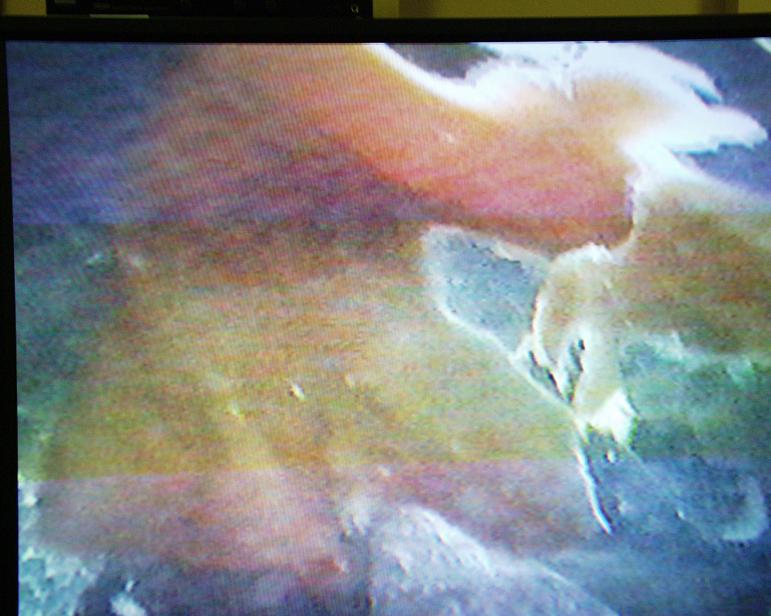 |
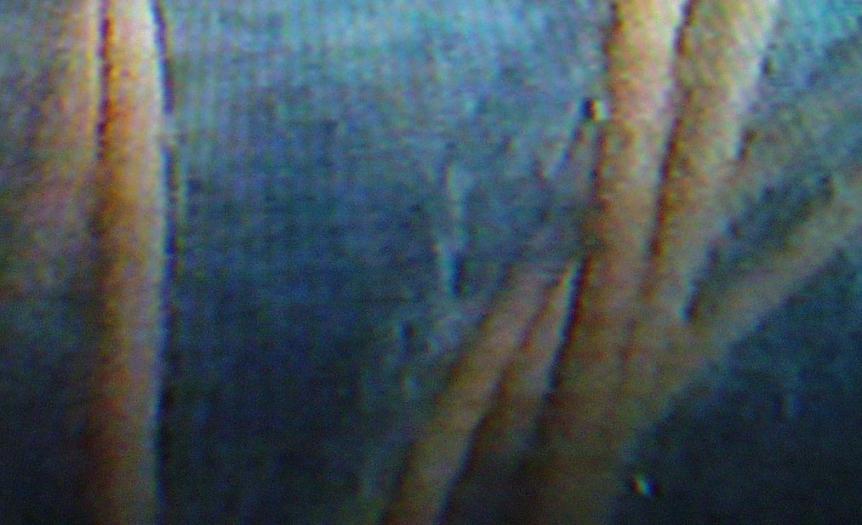 |
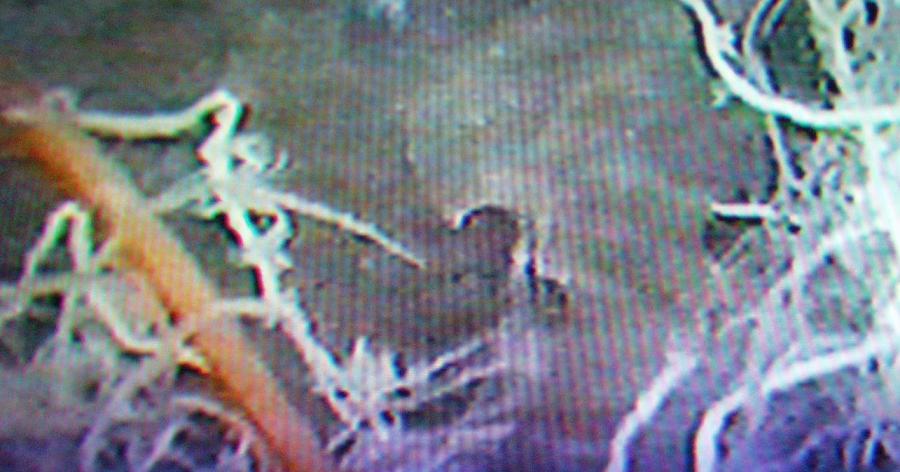 |
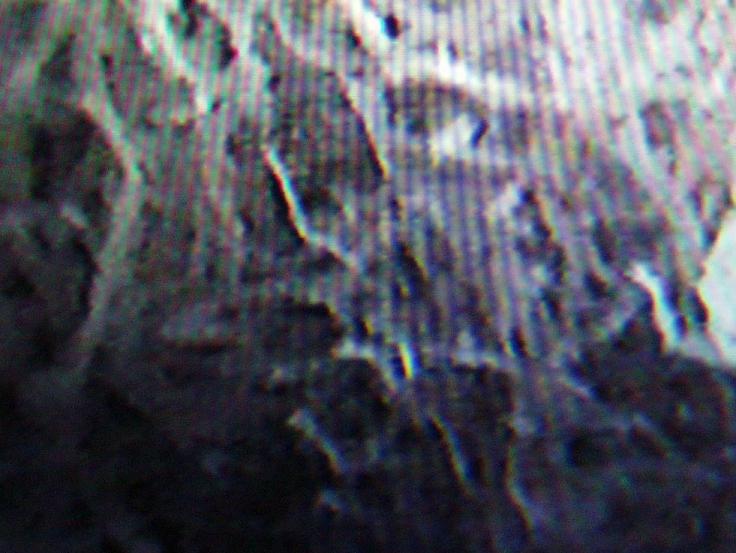 |
|
